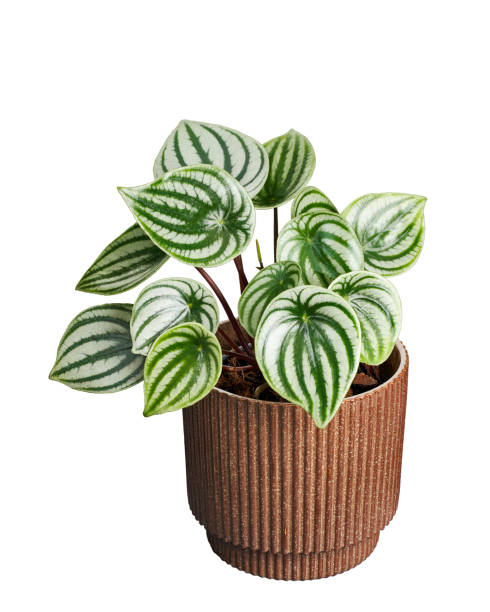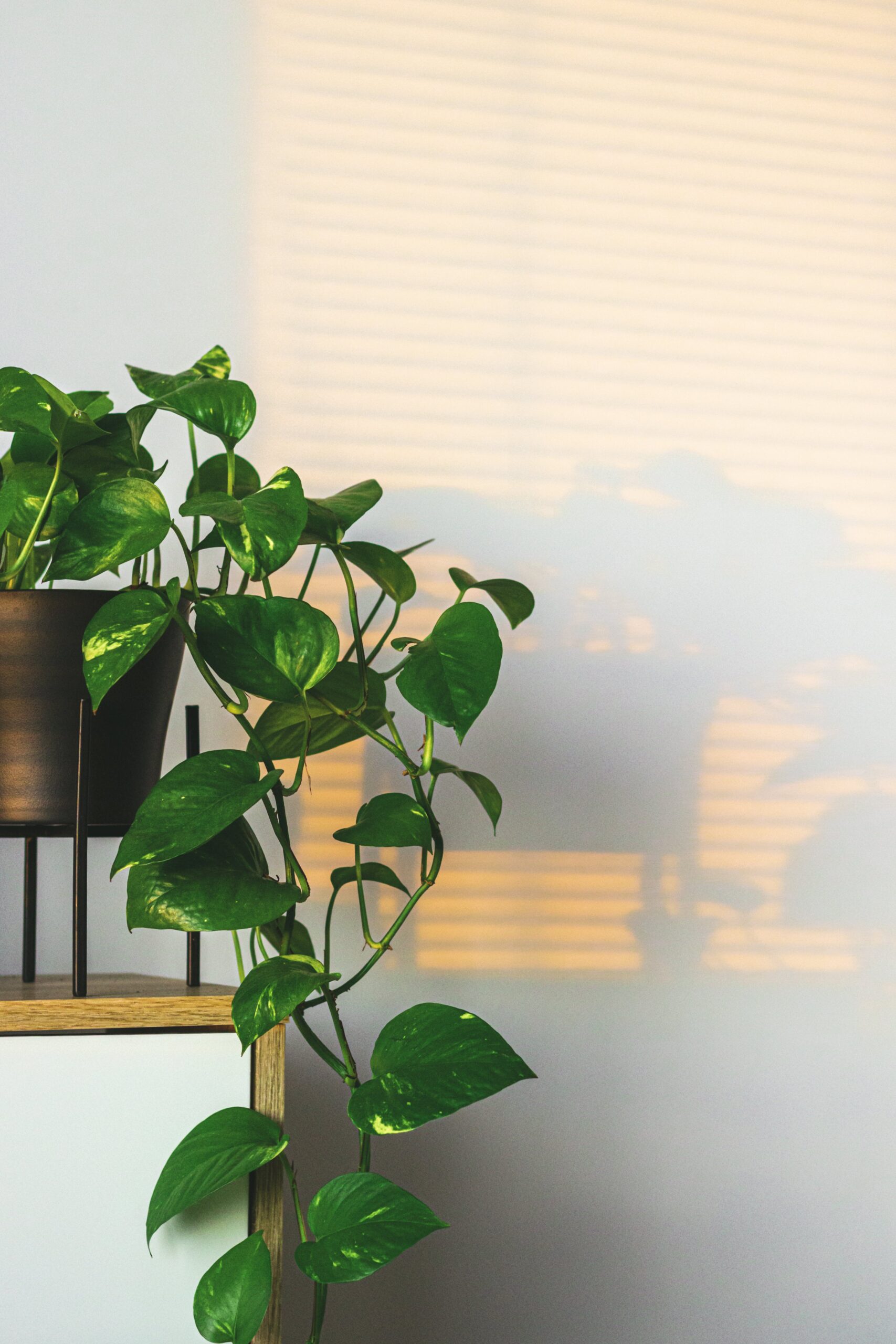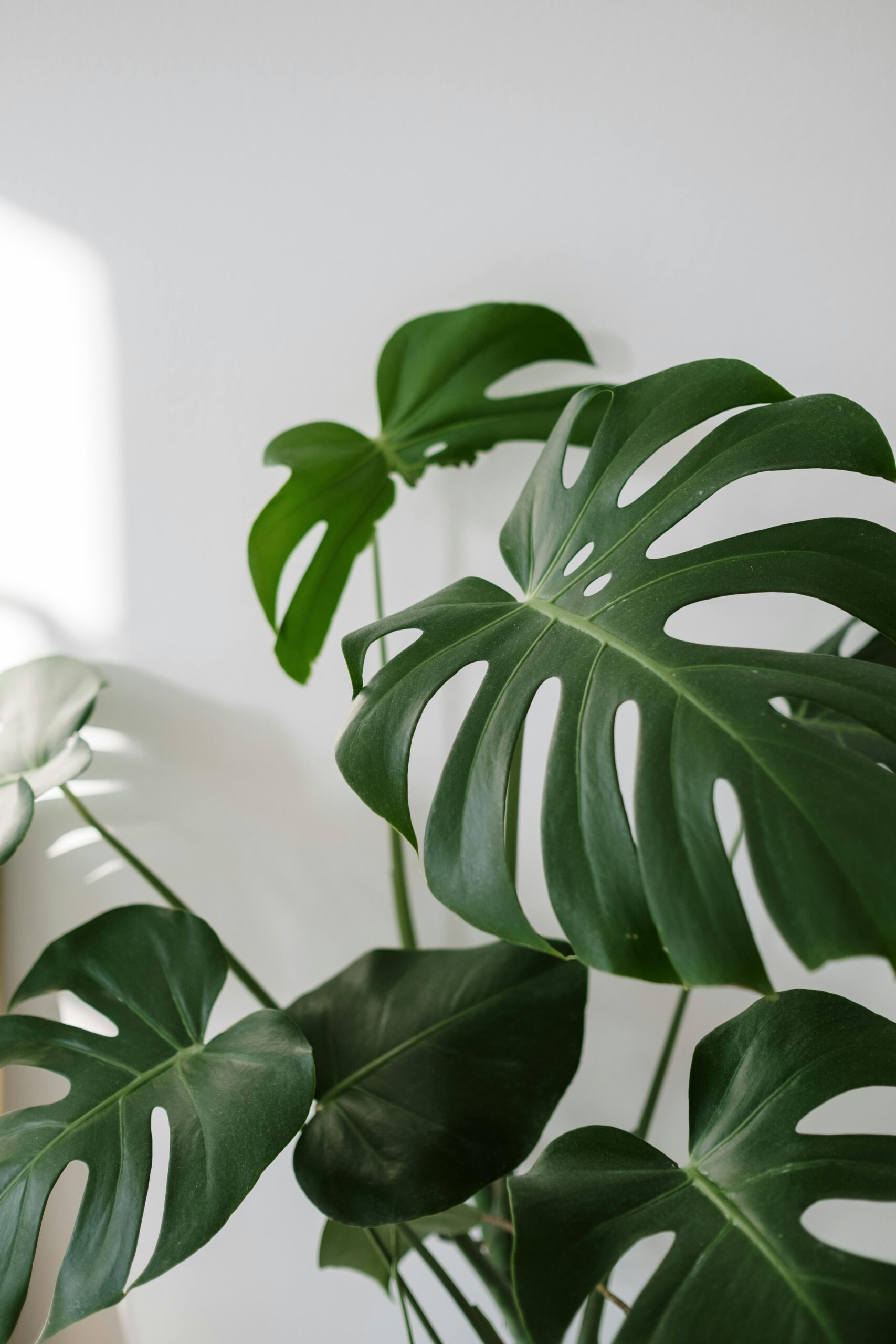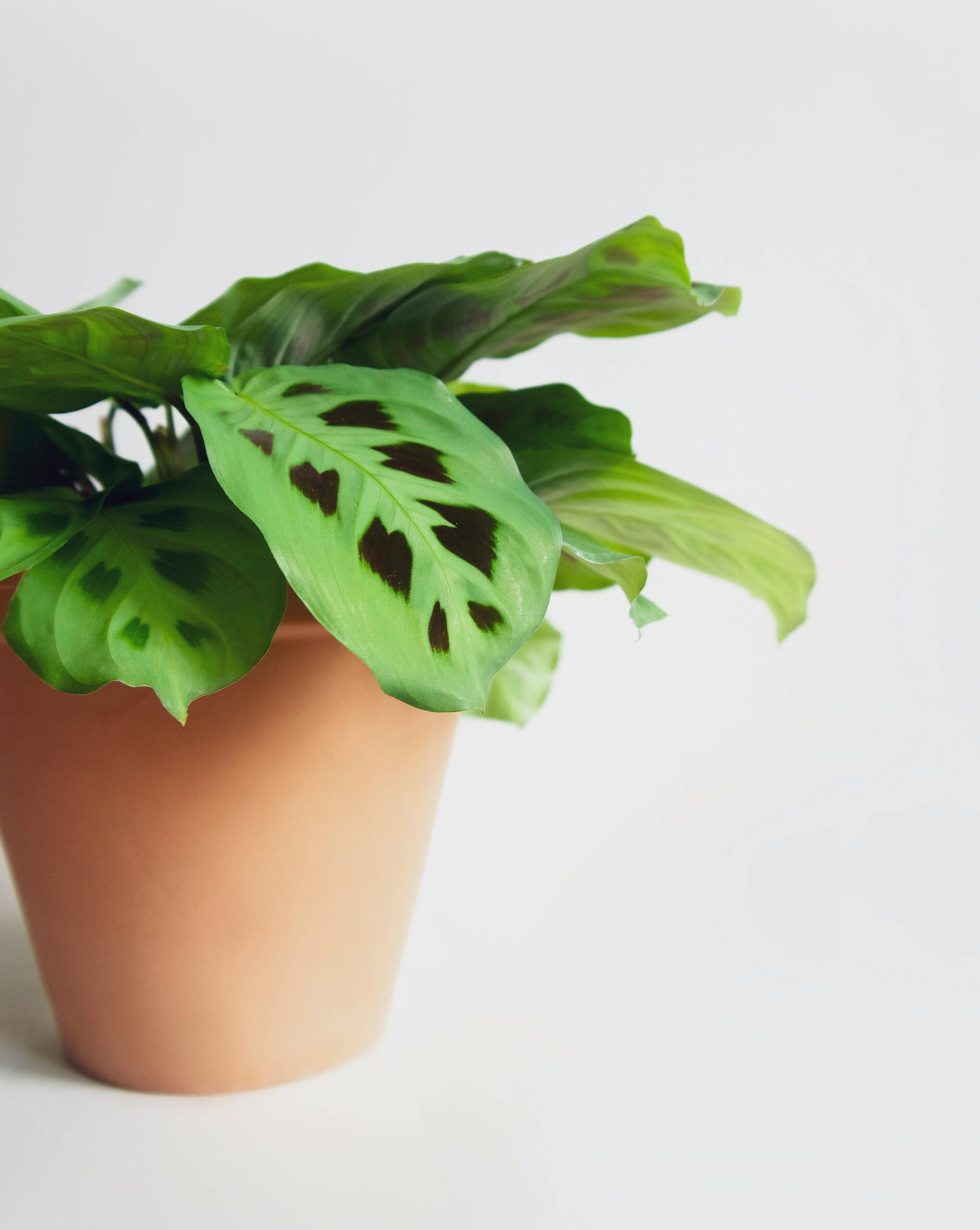Watermelon Peperomia, scientifically known as Peperomia argyreia, is a delightful and unique houseplant that has gained popularity among plant enthusiasts. Its distinctive appearance, resembling the rind of a watermelon, makes it a sought-after addition to indoor gardens. In this blog post, we’ll explore the characteristics, care tips, and propagation methods for the Watermelon Peperomia, making it an excellent choice for both beginners and seasoned plant lovers.
Characteristics of Watermelon Peperomia: Watermelon Peperomia is characterized by its attractive foliage, which features oval-shaped leaves with striking patterns that resemble the skin of a watermelon. The leaves have a glossy texture and showcase a combination of dark green and silver stripes. This unique appearance adds a touch of vibrancy and freshness to any living space.
Light Requirements: One of the reasons Watermelon Peperomia is favored as a houseplant is its adaptability to various light conditions. However, it thrives best in bright, indirect light. Placing it near a window where it receives filtered sunlight is ideal. Avoid direct sunlight, as it can scorch the leaves.
Watering Tips: Watermelon Peperomia has specific watering needs that are crucial for its well-being. Allow the top inch of the soil to dry out before watering, as overwatering can lead to root rot. Water thoroughly when needed, and ensure that the pot has proper drainage to prevent waterlogging.
Soil and Potting: Use a well-draining potting mix for Watermelon Peperomia, as it prefers slightly moist conditions. A mix containing peat moss, perlite, and vermiculite works well. Repotting is typically necessary every two years or when the plant outgrows its current container. Choose a pot with drainage holes to maintain optimal soil moisture.
Temperature and Humidity: Watermelon Peperomia thrives in average room temperatures ranging from 65 to 75°F (18 to 24°C). It adapts well to indoor environments with moderate humidity. If you live in a dry climate, consider occasional misting to provide extra moisture. However, be cautious not to over-mist, as excess humidity can lead to fungal issues.
Propagation: Propagating Watermelon Peperomia is relatively straightforward. The plant can be propagated through leaf cuttings or stem cuttings. To propagate with leaf cuttings, simply snip a healthy leaf along with a short section of stem and place it in a pot with moist soil. For stem cuttings, take a section of stem with several leaves and plant it in soil. Ensure the cuttings receive indirect light and maintain consistent moisture until roots develop.
Common Issues and Solutions: Like any plant, Watermelon Peperomia may face challenges. Overwatering, underwatering, and pests are common issues. Adjusting watering habits, maintaining proper humidity, and inspecting the plant regularly for pests can help prevent and address these problems.
Watermelon Peperomia is a charming and low-maintenance houseplant that adds a touch of nature’s beauty to your indoor spaces. By understanding its characteristics and following basic care guidelines, both beginners and experienced plant enthusiasts can enjoy the unique allure of this delightful plant. Bring home a Watermelon Peperomia, and watch as its vibrant foliage enhances the aesthetic appeal of your living space.




